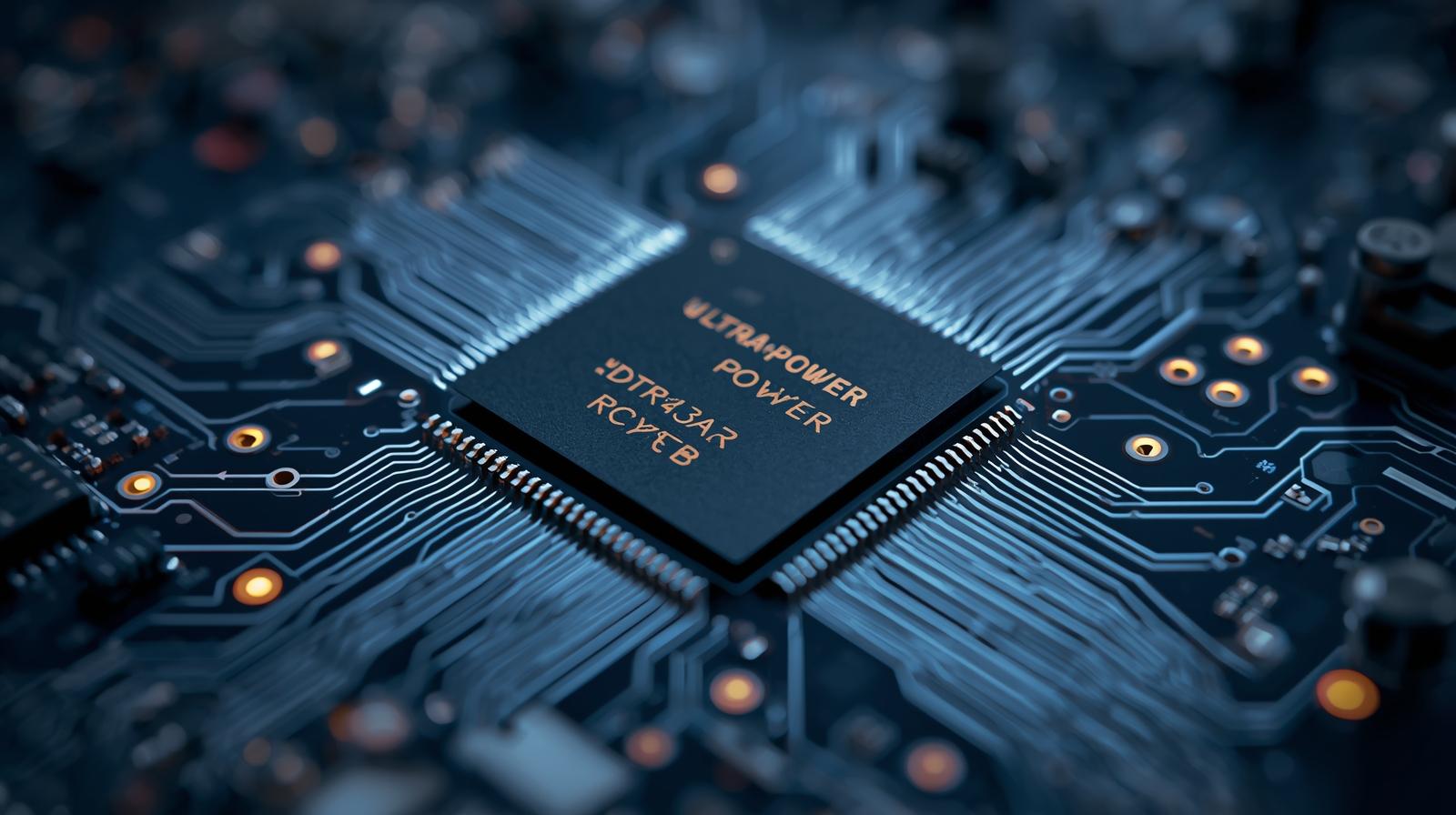North America is rapidly emerging as the dominant force in the global ultra-low-power microcontroller (MCU) market, fueled by a combination of strategic investments, robust R&D infrastructure, and growing demand for energy-efficient solutions across multiple industries. As digital transformation accelerates and power consumption becomes a top priority in electronics design, ultra-low-power MCUs are gaining traction as a critical enabler of smarter, greener technologies.
Understanding Ultra-Low-Power Microcontrollers
Ultra-low-power microcontrollers are compact integrated circuits designed to perform control functions while consuming minimal power, making them ideal for battery-powered and energy-sensitive applications. They are widely used in sectors such as wearables, healthcare devices, smart home products, industrial automation, and the expanding Internet of Things (IoT) ecosystem.
These MCUs are engineered to operate in extremely low power modes, often spending the majority of their time in sleep states while quickly waking up to process tasks when needed. This design architecture is pivotal in extending battery life and reducing energy usage, especially in always-on or remote devices.
Download PDF Brochure @ https://www.marketsandmarkets.com/pdfdownloadNew.asp?id=206772623

Why North America is Leading
The surge in North America’s market dominance can be attributed to several key factors. One of the most influential is the strategic investment by both public and private sectors into semiconductor innovation and advanced manufacturing. U.S.-based tech giants and semiconductor firms are pouring capital into the research and development of next-generation MCUs that balance processing power with ultra-low power consumption.
Government support has also played a role, with recent initiatives such as the CHIPS and Science Act channeling billions of dollars into domestic semiconductor production and innovation. This has encouraged localized development and reduced dependency on overseas supply chains, positioning North America as a self-reliant hub for microcontroller manufacturing and design.
Additionally, the region’s robust ecosystem of startups, design houses, and academic institutions continues to foster innovation in MCU architecture and energy efficiency — a critical advantage in maintaining technological leadership.
IoT and Wearables Drive Demand
A significant portion of North America’s growth in the ultra-low-power MCU market is driven by explosive demand in the consumer IoT and wearable device segments. Devices such as fitness trackers, smartwatches, wireless health monitors, and smart home sensors all rely heavily on MCUs that can operate for months or years on a single battery.
The healthcare industry, in particular, has seen a surge in the adoption of portable and connected medical devices, especially in the wake of the COVID-19 pandemic. These applications demand not only low power consumption but also high reliability, both of which are areas where North American MCU manufacturers excel.
Industrial and Smart Infrastructure Applications
Beyond consumer electronics, industrial IoT (IIoT) and smart infrastructure are fueling further expansion of the ultra-low-power MCU market in North America. Applications such as remote monitoring, predictive maintenance, and smart metering require low-power operation to ensure long-term, maintenance-free deployment in the field.
Smart cities initiatives across the U.S. and Canada are incorporating sensor-based networks to manage traffic, utilities, and public safety — all of which depend on distributed systems powered by efficient microcontrollers. These large-scale, low-power deployments are expected to become increasingly common, further boosting regional demand.
Competitive Landscape and Key Players
North America is home to several leading MCU manufacturers, including Texas Instruments, Microchip Technology, Analog Devices, NXP Semiconductors, and Silicon Labs, all of which have expanded their portfolios to include ultra-low-power offerings. These companies are investing heavily in cutting-edge fabrication processes, system-on-chip (SoC) integration, and AI-enabled microcontrollers to meet evolving market needs.
Startups and fabless semiconductor firms are also contributing to innovation in this space, often targeting niche markets or leveraging novel architectures such as RISC-V to differentiate their solutions.
Future Outlook: Sustainable and Intelligent Systems
Looking ahead, the ultra-low-power MCU market in North America is poised for sustained growth, driven by increased integration of intelligence into edge devices, a continued push toward energy efficiency, and ongoing investment in semiconductor capabilities. As devices become smarter and more autonomous, the demand for microcontrollers that can process data efficiently while conserving energy will only intensify.
Furthermore, as global focus intensifies on sustainability and carbon reduction, energy-efficient electronics will become central to achieving environmental goals — with ultra-low-power MCUs playing a foundational role in the transition.
North America’s leadership in the ultra-low-power microcontroller market is no accident. It is the result of strategic foresight, investment, and a strong culture of innovation. As industries continue to prioritize energy-efficient, always-on devices, North America’s MCU ecosystem is well-positioned to meet demand, drive technological advancement, and shape the future of low-power computing worldwide.
Ultra-Low-Power Microcontroller Market FAQ
What are ultra-low-power microcontrollers (MCUs)?
Ultra-low-power MCUs are specialized integrated circuits designed to perform control and processing functions while consuming minimal energy. They are optimized for battery-powered or energy-sensitive applications such as wearables, IoT devices, and smart sensors.
Why is North America expected to hold the largest market share in this segment?
North America benefits from strong strategic investments in semiconductor R&D, supportive government policies like the CHIPS Act, a mature ecosystem of tech companies and startups, and high demand from industries such as IoT, healthcare, and industrial automation.
Which industries are driving demand for ultra-low-power MCUs in North America?
Key sectors include consumer electronics (wearables, smart home devices), healthcare (portable medical devices), industrial IoT (remote monitoring and automation), and smart infrastructure (smart city sensors and metering).
How do ultra-low-power MCUs contribute to energy efficiency?
These MCUs consume very little power by spending most of their operation time in low-power or sleep modes, waking only when necessary to perform tasks. This significantly extends battery life and reduces energy costs in long-term deployments.
